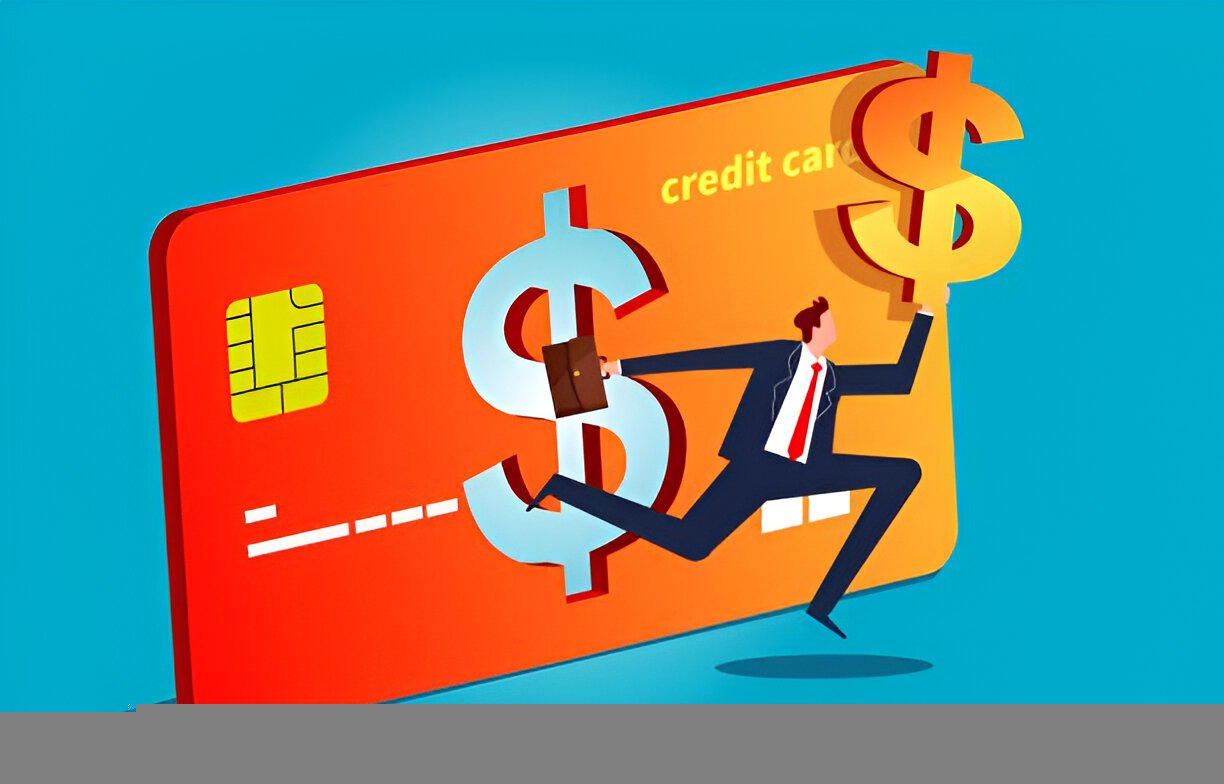Running-account credit is a financial concept that often flies under the radar, yet it plays a pivotal role in both personal and business finance. As someone who has spent years navigating the intricacies of accounting and finance, I find running-account credit to be one of the most versatile and practical tools available. In this article, I will delve deep into what running-account credit is, how it works, and why it matters. I will also explore its applications, advantages, and potential pitfalls, all while keeping the discussion grounded in real-world examples and calculations.
Table of Contents
What Is Running-Account Credit?
Running-account credit, also known as an open-account credit or revolving credit, is a type of credit arrangement where a borrower can repeatedly draw funds up to a predetermined limit. Unlike a traditional loan, where you receive a lump sum and repay it over time, running-account credit allows you to borrow, repay, and borrow again without needing to reapply for credit each time.
This flexibility makes running-account credit a popular choice for businesses and individuals alike. For businesses, it can help manage cash flow fluctuations. For individuals, it can serve as a safety net for unexpected expenses.
How Running-Account Credit Works
To understand running-account credit, let’s break it down into its core components:
- Credit Limit: This is the maximum amount you can borrow at any given time. For example, if your credit limit is \$10,000, you can borrow up to that amount.
- Outstanding Balance: This is the amount you currently owe. If you’ve borrowed \$3,000, your outstanding balance is \$3,000.
- Available Credit: This is the difference between your credit limit and your outstanding balance. In the example above, your available credit would be \$7,000.
- Repayment Terms: These dictate how and when you must repay the borrowed amount. Some running-account credit arrangements require monthly payments, while others may offer more flexible terms.
Example Calculation
Let’s say you have a running-account credit arrangement with a credit limit of \$10,000. You borrow \$4,000 in January and repay \$1,000 in February. Your outstanding balance in February would be:
\text{Outstanding Balance} = \$4,000 - \$1,000 = \$3,000Your available credit in February would be:
\text{Available Credit} = \$10,000 - \$3,000 = \$7,000This simple example illustrates the dynamic nature of running-account credit.
Types of Running-Account Credit
Running-account credit can take various forms, each tailored to specific needs. Here are the most common types:
- Credit Cards: Perhaps the most familiar form of running-account credit, credit cards allow you to make purchases up to your credit limit. You can repay the balance in full or make minimum payments, with interest charged on the remaining balance.
- Lines of Credit: Often used by businesses, a line of credit provides access to funds that can be drawn upon as needed. Interest is only charged on the amount borrowed.
- Overdraft Facilities: Linked to a checking account, an overdraft allows you to withdraw more money than you have in your account, up to a specified limit.
Comparison Table: Types of Running-Account Credit
| Feature | Credit Cards | Lines of Credit | Overdraft Facilities |
|---|---|---|---|
| Primary Use | Personal/Retail | Business | Personal/Business |
| Interest Rate | Typically Higher | Variable | Variable |
| Repayment Terms | Monthly | Flexible | Flexible |
| Access to Funds | Immediate | As Needed | Immediate |
Advantages of Running-Account Credit
Running-account credit offers several benefits, which I’ve observed firsthand in both personal and professional contexts.
- Flexibility: You can borrow as much or as little as you need, up to your credit limit. This is particularly useful for managing unpredictable expenses.
- Convenience: Once approved, you don’t need to reapply for credit each time you need funds.
- Cash Flow Management: For businesses, running-account credit can help bridge gaps between payables and receivables.
- Interest Savings: Unlike traditional loans, you only pay interest on the amount you borrow, not the entire credit limit.
Disadvantages of Running-Account Credit
While running-account credit has many advantages, it’s not without its drawbacks.
- High-Interest Rates: Credit cards, in particular, often come with high-interest rates, which can lead to significant debt if not managed properly.
- Temptation to Overspend: The ease of access to funds can lead to impulsive spending, especially for individuals.
- Fees: Some running-account credit arrangements come with annual fees, late payment fees, or other charges.
Running-Account Credit in the US Context
In the United States, running-account credit is deeply embedded in the financial system. Credit cards, for instance, are used by over 70% of Americans, according to the Federal Reserve. This widespread adoption reflects the convenience and flexibility of running-account credit, but it also highlights the need for financial literacy to avoid debt traps.
Socioeconomic Factors
The use of running-account credit in the US is influenced by several socioeconomic factors:
- Income Levels: Higher-income individuals are more likely to use credit cards for rewards and convenience, while lower-income individuals may rely on them for essential expenses.
- Economic Conditions: During economic downturns, running-account credit can serve as a lifeline for those facing reduced income or job loss.
- Cultural Attitudes: The US has a consumer-driven culture that encourages spending, which can lead to higher reliance on credit.
Mathematical Modeling of Running-Account Credit
To fully grasp the implications of running-account credit, it’s helpful to explore some mathematical models. Let’s consider the following scenarios:
Scenario 1: Minimum Payments on a Credit Card
Suppose you have a credit card with a balance of \$5,000, an annual interest rate of 18\%, and a minimum monthly payment of 2\% of the balance. How long will it take to pay off the balance if you only make minimum payments?
First, calculate the monthly interest rate:
\text{Monthly Interest Rate} = \frac{18\%}{12} = 1.5\%Next, calculate the minimum payment:
\text{Minimum Payment} = 2\% \times \$5,000 = \$100Using the formula for the remaining balance after n months:
B_n = B_0 \times (1 + r)^n - P \times \frac{(1 + r)^n - 1}{r}Where:
- B_n is the balance after n months,
- B_0 is the initial balance,
- r is the monthly interest rate,
- P is the monthly payment.
Plugging in the numbers:
B_n = \$5,000 \times (1 + 0.015)^n - \$100 \times \frac{(1 + 0.015)^n - 1}{0.015}Solving for n when B_n = 0, we find that it would take approximately 9 years and 5 months to pay off the balance. This example underscores the importance of paying more than the minimum to avoid long-term debt.
Scenario 2: Business Line of Credit
Imagine a small business with a line of credit of \$50,000 at an annual interest rate of 8\%. The business borrows \$20,000 for 6 months. What is the total interest paid?
First, calculate the monthly interest rate:
\text{Monthly Interest Rate} = \frac{8\%}{12} \approx 0.6667\%Next, calculate the total interest:
\text{Total Interest} = \$20,000 \times 0.6667\% \times 6 = \$800This calculation shows how running-account credit can be a cost-effective way for businesses to manage short-term financing needs.
Best Practices for Managing Running-Account Credit
Based on my experience, here are some tips for effectively managing running-account credit:
- Monitor Your Balance: Keep track of your outstanding balance and available credit to avoid overspending.
- Pay More Than the Minimum: Whenever possible, pay more than the minimum payment to reduce interest costs and pay off the balance faster.
- Avoid Unnecessary Fees: Be aware of fees associated with your credit arrangement and take steps to avoid them.
- Use Credit Wisely: Only borrow what you need and can afford to repay.
Conclusion
Running-account credit is a powerful financial tool that offers flexibility and convenience. However, it requires careful management to avoid potential pitfalls. By understanding how it works and applying best practices, you can make the most of this versatile credit arrangement. Whether you’re an individual managing personal finances or a business owner navigating cash flow challenges, running-account credit can be a valuable resource when used responsibly.





